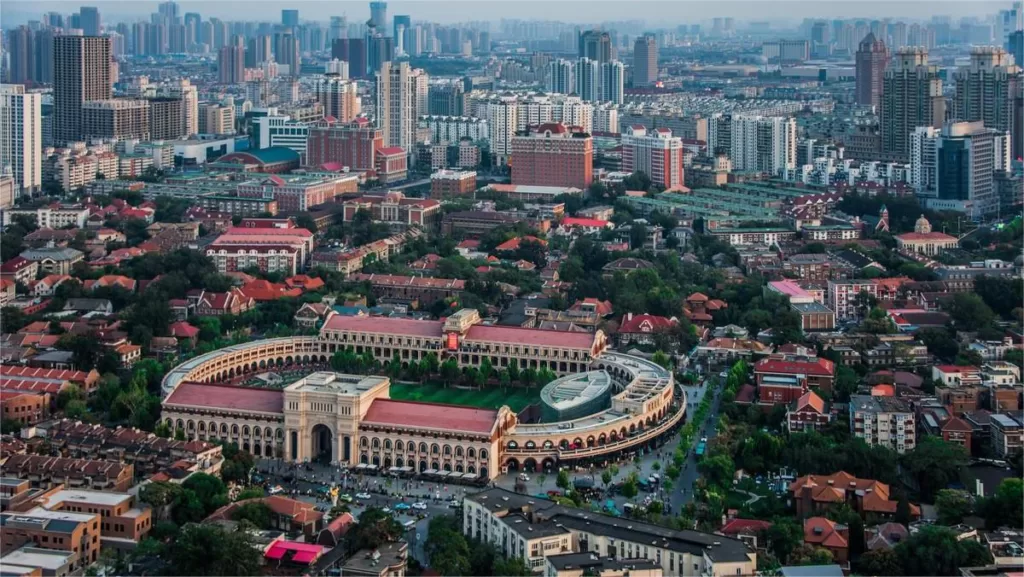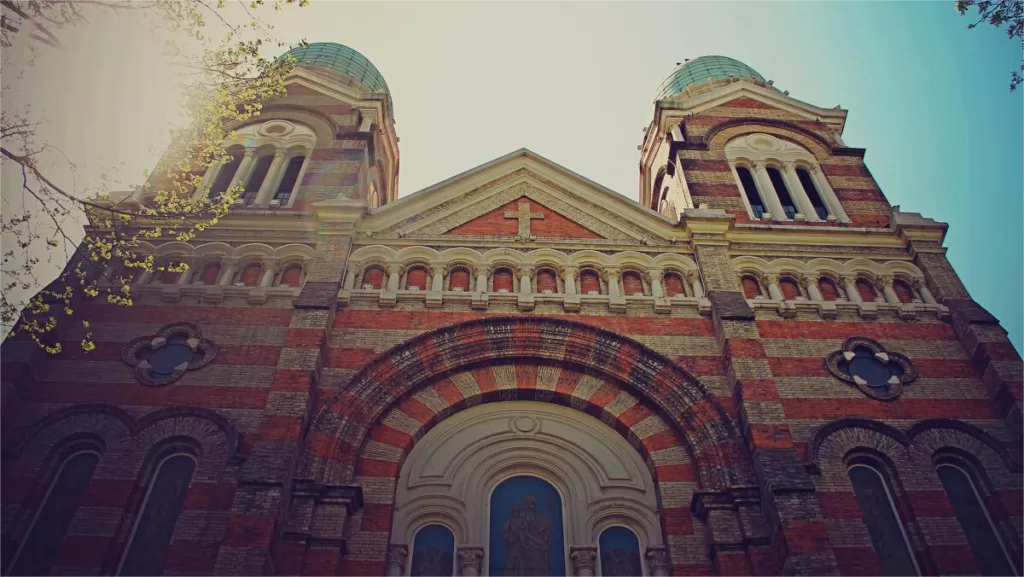The China House (瓷房子), also known as the Porcelain House, located in Tianjin, is a unique architectural marvel built in the late 1920s. Once the residence of the distinguished Chinese diplomat Huang Rongliang, this four-story mansion covers an impressive 4200 square meters. The entire structure is a testament to the fusion of art and architecture, with its interior and exterior adorned with a stunning array of porcelain tiles, making it a one-of-a-kind masterpiece.
From the ground, paved with marble, to the walls meticulously crafted with porcelain tiles, the China House is a breathtaking display of craftsmanship. The construction of this extraordinary dwelling required over 700 million pieces of ancient porcelain tiles, a collection of more than 13,000 pieces of ancient porcelain vases, plates, and bowls, over 300 stone sculptures from various dynasties, more than 300 intricately carved Han white marble stone lions, over 300 porcelain cat-shaped pillows from the Ming and Qing dynasties, and over 20 tons of crystal and agate.
Regarded as a priceless “Chinese Ancient Porcelain Museum,” the China House is surrounded by a unique barrier known as the “Ping An Wall,” made up of hundreds of antique porcelain vases from the Republic of China and late Qing Dynasty periods. The rooftop is a masterpiece in itself, featuring a giant dragon formed by ancient porcelain tiles, swirling to create the word “China.” Following the dragon, the mosaic art extends to depict the Bird’s Nest, the main stadium of the 2008 Beijing Olympics.
The China House stands as a living testament to Chinese history, artistry, and craftsmanship, offering visitors a captivating journey through time and culture within its porcelain-clad walls.
Table of Contents
- Basic Information
- Location and Transportation
- Highlights of China House
- Vlog about China House
- Useful Tips Summarized from Reviews
- Attractions near China House
Basic Information
| Estimated Length of Tour | 1 – 2 hours |
| Ticket Price | 50 RMB |
| Opening Hours | 9.00 – 19.00 (1st April – 31st October) 9.00 – 18.30 (1st November – 31st March) |
| Telephone Number | 0086-022-27123366 |
Location and Transportation
China House is located in the city of Tianjin, China. Specifically, it is situated in the Heping District, which is known for its historical landmarks and vibrant cultural atmosphere. Its exact address is No. 72 Chifeng Road, Heping District, Tianjin, China.
Bus: Take bus 9, 37, 92, 93, 185, 611, 629, 826, 827, 828, 830, 831, 837, 838, 840, or 851, get off at Central Park Stop (中心公园站), and walk about 50 meters to the west to reach the museum.
Metro: The nearest metro station to the China House is Heping Road (和平路) on line 3 and line 4. After getting out of the station from Exit D, walk about 100 meters to the south to reach the museum.
Highlights of China House
Porcelain Facade
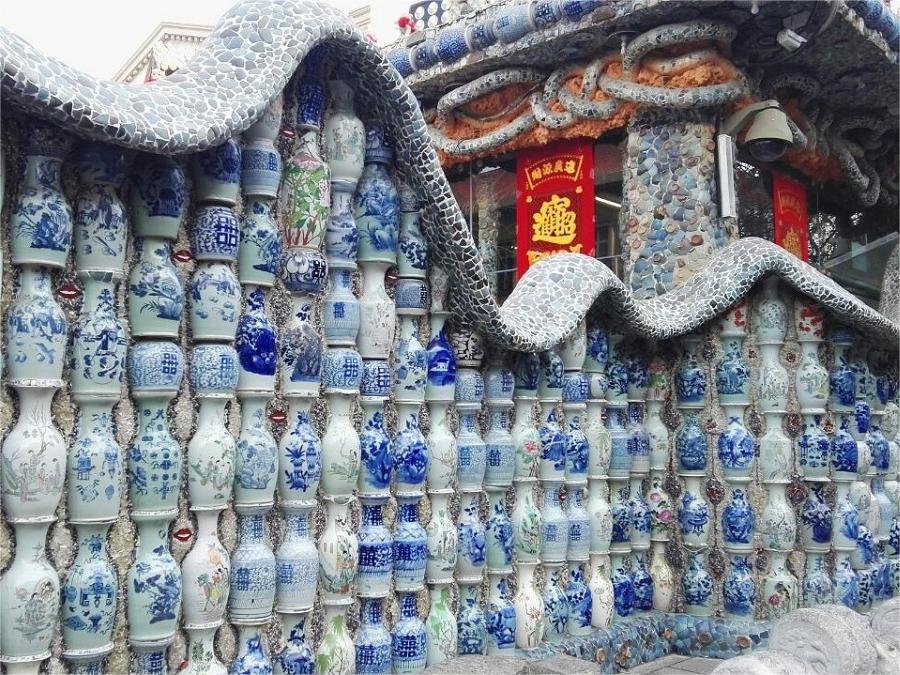
The porcelain façade of China House in Tianjin is a magnificent display of artistry and craftsmanship. Composed of thousands of meticulously arranged porcelain tiles, it forms an intricate mosaic of vibrant colors and intricate patterns. The tiles depict a variety of motifs, including mythical creatures, flowers, landscapes, and intricate designs. This breathtaking façade showcases the skill and creativity of Chinese artisans, creating a visual spectacle that leaves visitors in awe. The porcelain façade is a testament to the rich cultural heritage of China and adds a unique charm to the architectural beauty of China House.
Lavish Interior
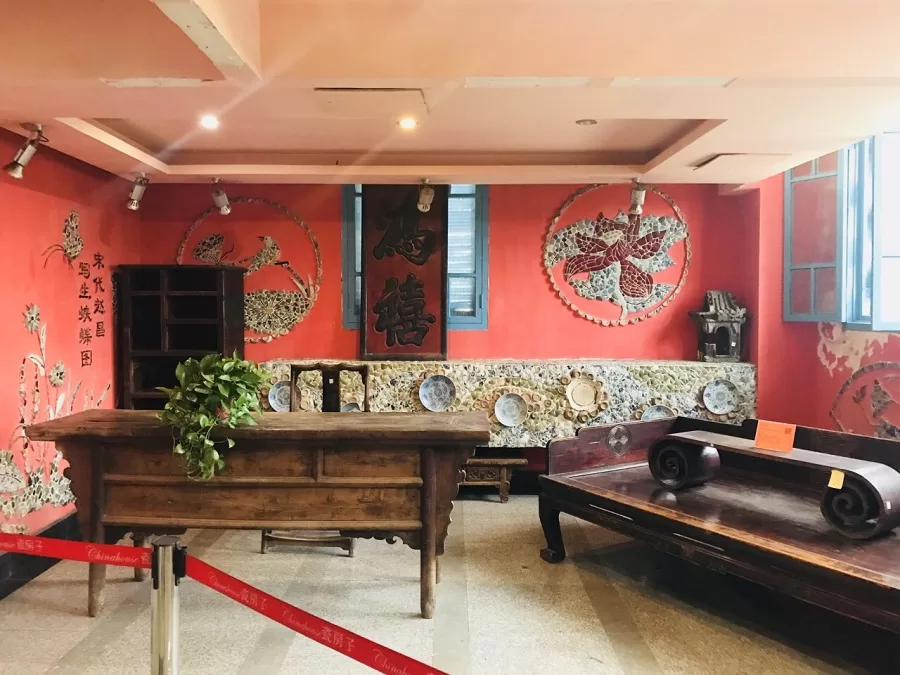
The lavish interior of China House in Tianjin immerses visitors in a world of opulence and elegance. Every room within the mansion is adorned with intricate hand-carved woodwork, ornate chandeliers, and exquisite furnishings. The blend of Chinese and Western influences is evident in the grandeur and design of each space. Intricately crafted stone carvings and delicate artwork further enhance the luxurious ambiance. The interior of China House offers a glimpse into the refined lifestyle of the Qing Dynasty, showcasing the impeccable taste of its affluent residents.
Porcelain Art Collection
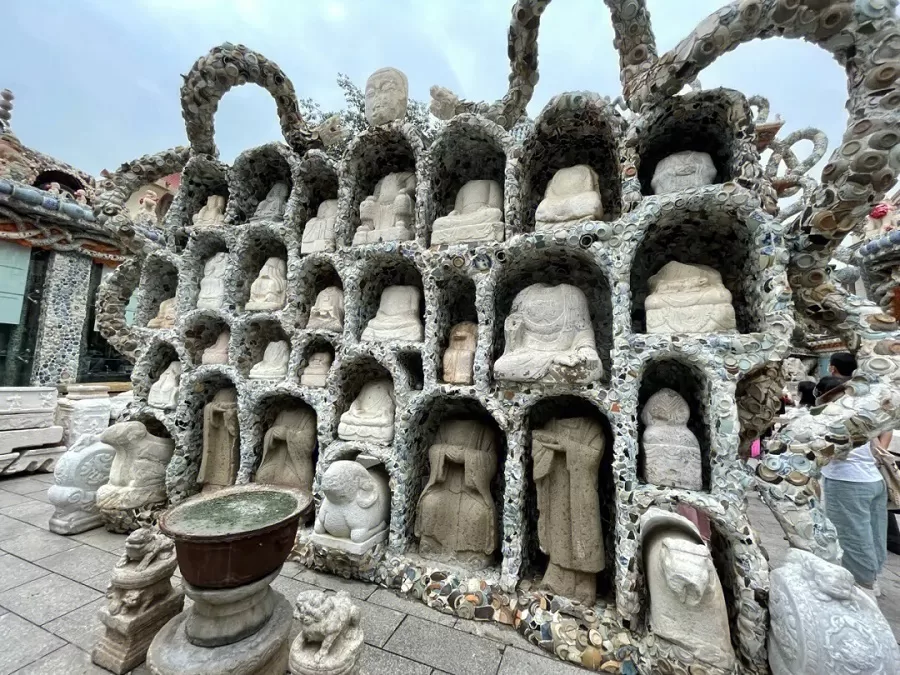
The porcelain art collection housed within China House in Tianjin is a treasure trove of exquisite craftsmanship and cultural heritage. The collection showcases a diverse array of porcelain sculptures, vases, and figurines, each a masterpiece in its own right. From delicate porcelain flowers to intricately designed vessels, the collection offers a captivating glimpse into the rich history of Chinese ceramic art. These pieces highlight the mastery of porcelain making techniques and reflect the artistic traditions that have flourished in China throughout the ages.
Vlog about China House
Useful Tips Summarized from Reviews
Photography at the Entrance: Capture your memories with photos at the entrance. The interior mainly features various furniture and items piled together without clear explanations or labels, resembling a large warehouse. Many visitors suggest that there is no need to go inside.
Mosaic Architecture Warning: The architectural style is mosaic, and individuals with a fear of crowded and intricate patterns may want to exercise caution.
Lion Statue and Blessing Tradition: Take note that only the mother lion remains at the entrance, as the lion was damaged during wartime. Upon entering, consider touching the head of the mother lion for blessings.
Strategic Photo Points: For photography, consider the following points:
- Have friends stand across the street for a shot, avoiding the crowded entrance and incorporating the bustling atmosphere of passing vehicles.
- Alternatively, stand at the entrance, use a wide-angle lens, and shoot upwards to create a unique perspective while avoiding the crowd.


